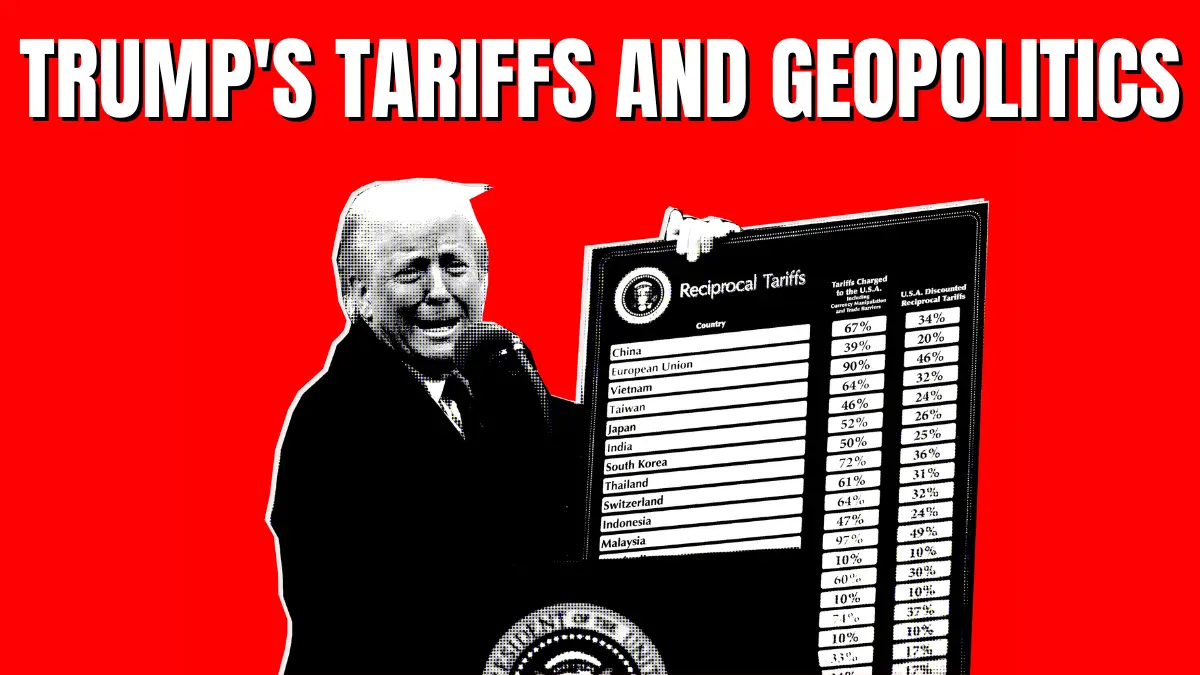The U.S. is collecting record tariff revenue under President Trump — nearly $30 billion last month alone. But where is all that money actually going?
Table of Contents
Trump’s Tariffs Bring in $30 Billion a Month — Here’s Where the Money Goes
A cargo ship docks at Port Liberty in New Jersey. Containers are unloaded, goods are inspected, and tariff revenue flows in at record-breaking rates.
Under President Donald Trump, the U.S. government has been collecting unprecedented sums from tariffs — and the numbers are staggering.
Record-Breaking Tariff Revenue
In July alone, the Treasury Department reported nearly $30 billion in tariff collections — a 242% jump from the same month last year.
Since April, when a 10% tariff was imposed across almost all imported goods (plus several higher rates on certain categories), the government has taken in $100 billion. That’s triple the revenue of the same four-month period last year.
Trump has been quick to highlight the surge:
“We have a lot of money coming in, much more money than the country’s ever seen,” he said recently.

Where Does Tariff Money Go?
Tariff revenue doesn’t sit in a special account — it goes into the U.S. Treasury’s general fund, nicknamed “America’s checkbook.”
This fund is used to cover the government’s expenses, from issuing tax refunds to paying salaries, maintaining infrastructure, and funding programs.
Because the U.S. is running a $1.3 trillion budget deficit, tariff revenue helps reduce the amount the government needs to borrow. While it’s nowhere near enough to erase the debt, it does slightly slow the pace of borrowing.
The ‘Tariff Rebate Check’ Idea
Trump has floated the idea of using tariff money to pay down the national debt or send rebate checks to Americans.
Sen. Josh Hawley even introduced a bill to make the latter happen. But economists warn it could widen the deficit and fuel inflation — especially if it encourages more consumer spending in an already tight economy.
The Economic Side Effects
While the government benefits from higher revenue, the broader economy may not be as lucky.
- Businesses are absorbing higher import costs — but some are passing them to consumers.
- Prices are rising for goods like appliances, electronics, and toys.
- Companies are delaying hiring and expansion plans due to trade uncertainty.
The Yale Budget Lab estimates Trump’s tariffs could shave 0.5% off GDP this year and next.
Bottom Line
Trump’s tariffs are pulling in historic revenue and slightly easing the nation’s borrowing needs. But the money isn’t being used for anything flashy — it’s simply helping to pay the government’s bills.
Whether that’s a smart strategy or an economic risk depends on how much weight you give to the hidden costs: slower growth, higher prices, and fewer jobs.
FAQs
Q: How much tariff revenue did the U.S. collect last month?
A: Nearly $30 billion, according to the Treasury Department.
Q: Where does tariff money go?
A: Into the U.S. Treasury’s general fund, which covers government expenses.
Q: Will Americans get rebate checks from tariff revenue?
A: Not yet. The idea has been floated, but no program has been approved.
Q: Do tariffs help reduce the U.S. debt?
A: They slightly reduce borrowing needs but don’t erase the debt.
